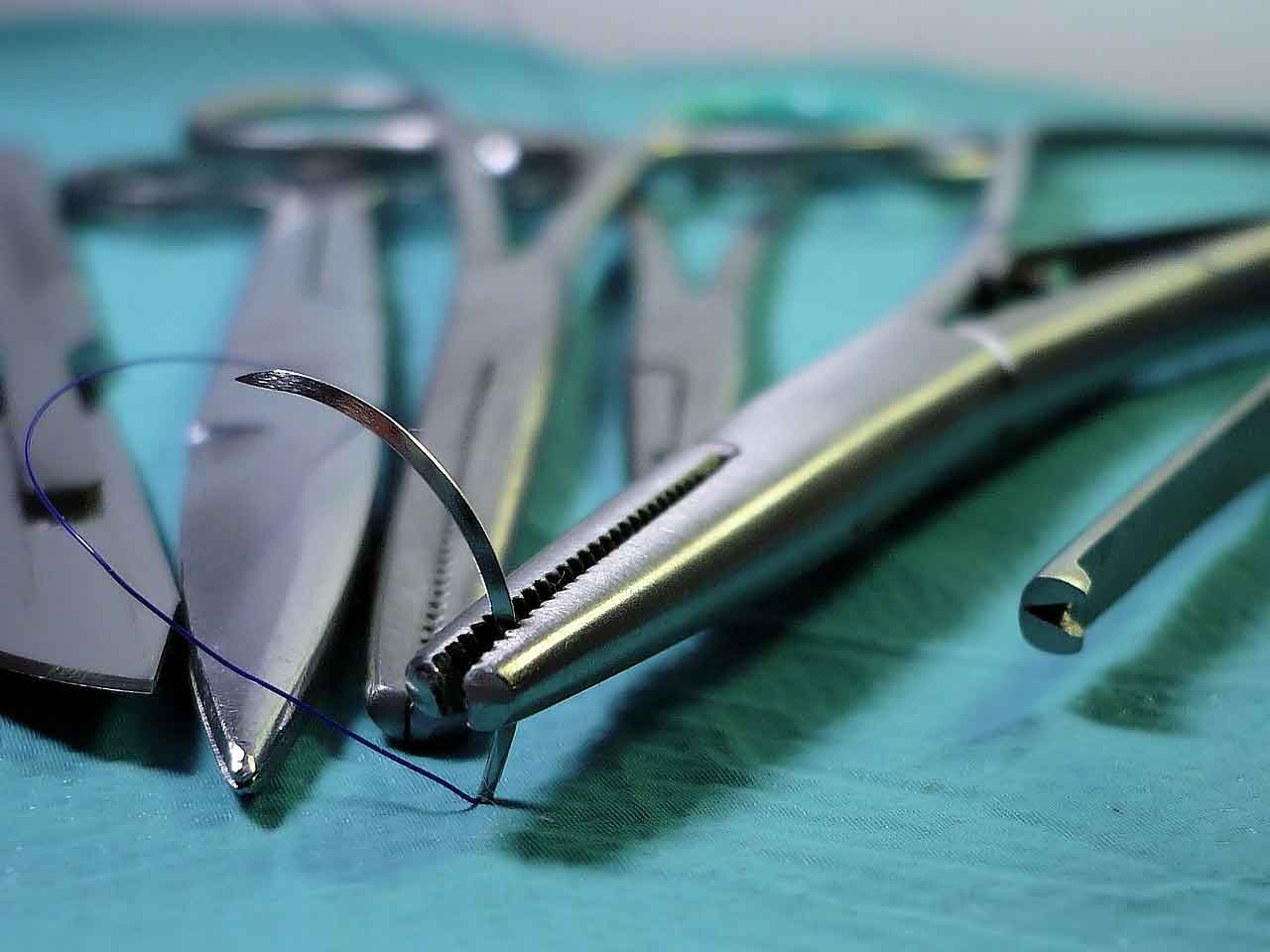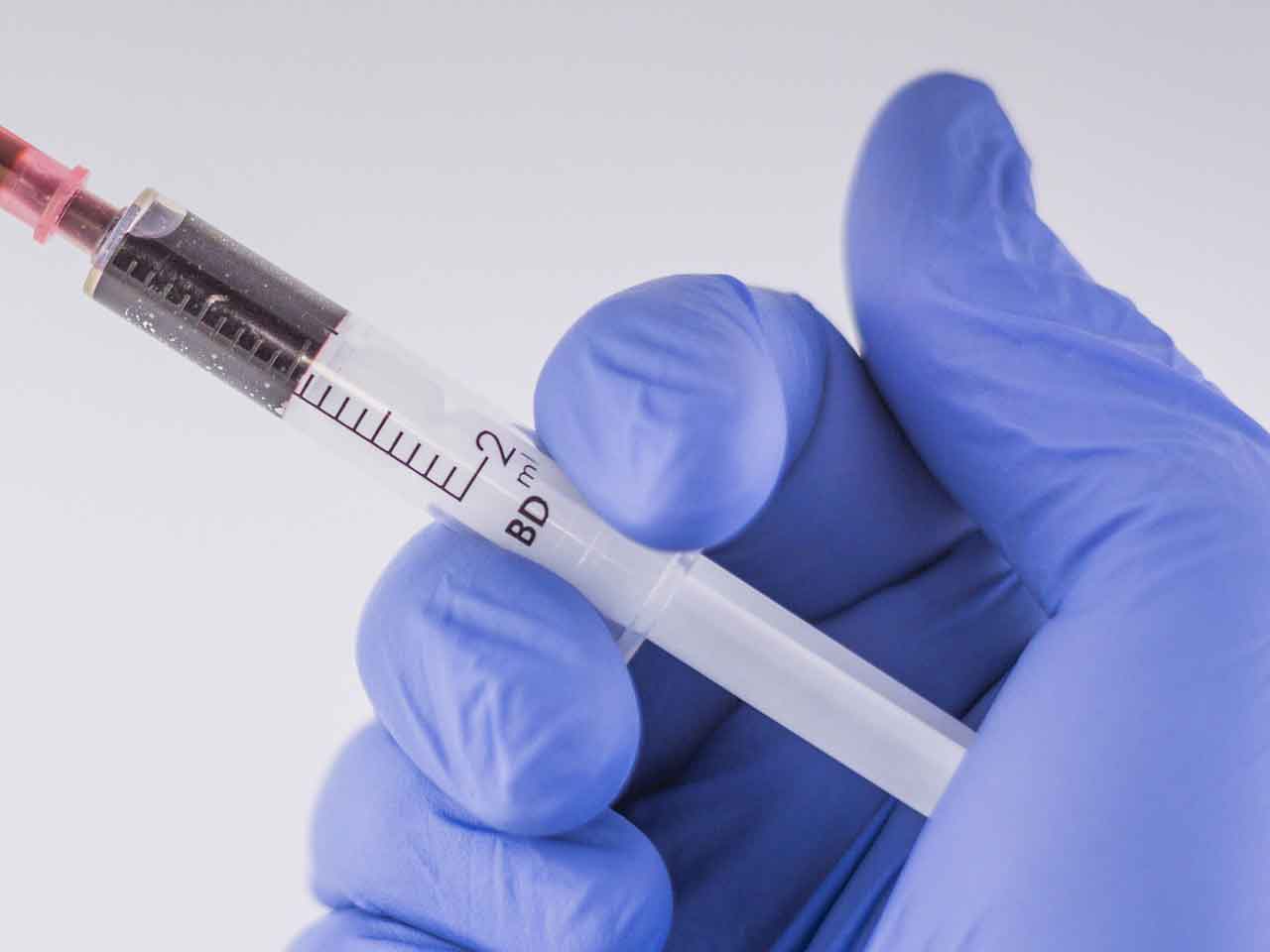
Cleaning in physiotherapy centres protects the most vulnerable
The physiotherapy patient, especially if vulnerable, has the right to feel safe in a healthy and protected environment.

The European Antimicrobial Surveillance System, the European Control Agency, has stated that bacterial infections are on the rise in European hospitals and many antibiotics are no longer able to fight the pathogenic germs.
According to estimates by the Istituto Superiore di Sanità, in Italy 450-700 thousand infections occur every year in patients admitted to hospital (mainly urinary infections, followed by surgical wound infections, pneumonia and sepsis). Of these, it is estimated that about 30% are potentially preventable (135-210 thousand) and that they are the direct cause of death in 1% of cases (1350-2100 preventable deaths per year).
Again according to ISS estimates, each person who contracts an infection in hospital is estimated to spend on average an extra week in hospital, and considering that a day's hospitalisation costs no less than 500 euros, the cost to the National Health Service reaches considerable figures. This is why it is increasingly necessary to regulate cleaning and disinfection activities in hospital environments.

The term "cleaning" in hospitals and health care facilities refers to the set of procedures and operations to remove waste, dust and dirt of any kind from surfaces and environments. The aim is to contribute both to a better quality of life for the patient and those who work there, and to reduce the likelihood of spreading infection-carrying microorganisms. The operation of cleaning surfaces and environments is a preliminary and indispensable operation to the subsequent disinfection.
Cleaning and disinfection can be carried out separately or in a single process using products that have a dual action; disinfection must never replace cleaning, as dirt residues can contribute to the ineffectiveness of the subsequent disinfection process; therefore an adequate dust removal cycle must be carried out before disinfection or combined with it.
Each hospital environment has its own optimal cleaning standard, which depends on the intended use of the environment and the surrounding flows.
In terms of risk, the hospital can be divided according to the classical methodology into three macro-areas of infectious risk:
The term "cleaning" in hospitals and health care facilities refers to the set of procedures and operations to remove waste, dust and dirt of any kind from surfaces and environments. The aim is to contribute both to a better quality of life for the patient and those who work there, and to reduce the likelihood of spreading infection-carrying microorganisms. The operation of cleaning surfaces and environments is a preliminary and indispensable operation to the subsequent disinfection.
Cleaning and disinfection can be carried out separately or in a single process using products that have a dual action; disinfection must never replace cleaning, as dirt residues can contribute to the ineffectiveness of the subsequent disinfection process; therefore an adequate dust removal cycle must be carried out before disinfection or combined with it.
Each hospital environment has its own optimal cleaning standard, which depends on the intended use of the environment and the surrounding flows.
In terms of risk, the hospital can be divided according to the classical methodology into three macro-areas of infectious risk:



New methodologies correlate the patient's risk of acquiring infections in hospital environments with the degree of environmental pollution linked in particular to the spread of fungi and bacteria with dust generated by maintenance work or building renovation. The classification of patients at risk of infections related to the spread of dust in the environment can be differentiated into four groups:
Finally, regardless of how the risk is classified, the methods and frequency of cleaning and sanitising/disinfecting should always be adapted 'to the use' of the environment itself and the flows of people. For example, in an operating theatre, cleaning is carried out more frequently and transit should be controlled considering that environmental contamination is mainly of human origin.
Appropriate cleaning protocols should therefore be established and the best and most suitable products should be used to maintain a high level of hygiene.v

The physiotherapy patient, especially if vulnerable, has the right to feel safe in a healthy and protected environment.

All surgeries, from general practitioners to specialists, are places with a fast turnover of patients, each with a different symptomology and potential risk of infection.

The role of cleanliness is essential to protect the health of the most frail residents and that of all the healthcare staff involved.

The importance of operating theatre hygiene in combating the spread of particulate matter, a vehicle for pathogenic micro-organisms.

The numbers and impact of bacterial infections in hospitals.
Sistem Air Pro is capable of responding to all professional and industrial sector requests